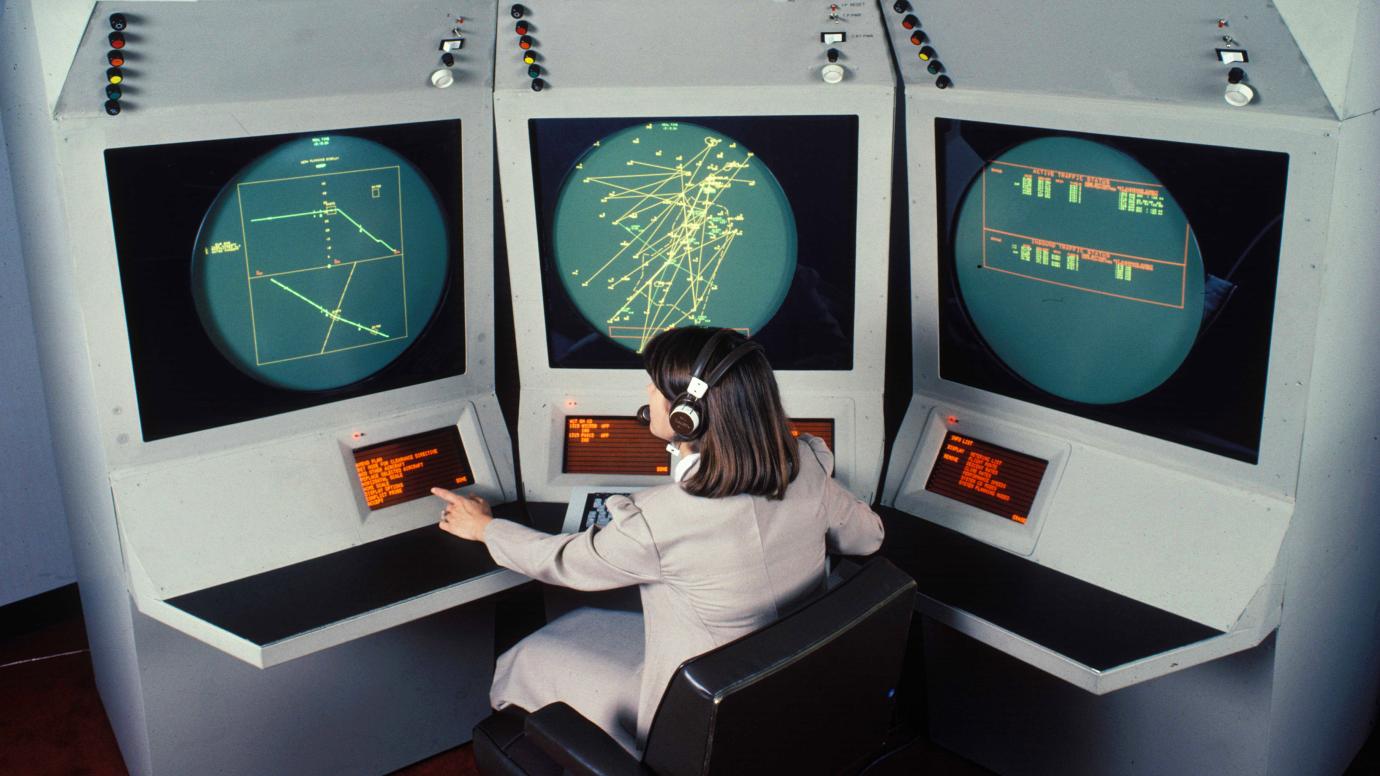
by Philippe Domogala
IFATCA Contributing EditorAutomating ATC is a hot topic again. The various iterations of the Single European Sky have put all their eggs in the automation basket to try and solve the capacity problems in Europe. To further illustrate this, it is highly recommended watching the recent IFATCA TechTalk on ‘Human Machine Teaming in ATM’, where computers would be initially using machine learning to suggest solutions to the controllers and in a later phase, autonomously solve conflicts. These ideas are of course not new. From the moment computers were introduced in air traffic control in the late 1950s, the dream has been to have them take over critical functions from their human counterparts.
One such notable project was launched in the USA in 1981, after the PATCO strike and President Reagan’s dismissal of more than 11,000 air traffic controllers: it was called Automated En Route Air Traffic Control (AERA) phase 3 (AERA 3). Replacing the old generation computers (IBM 9020, System 360) was the ideal opportunity to introduce a fully automated ATC system. New, powerful computers would have no problem taking over complex tasks from human controllers, similar to what is said about Artificial Intelligence today. If successful, AERA 3 would simply replace those pesky and disruptive controllers with automation. The project was awarded to the MITRE corporation, but after running for 14 years and spending millions of dollars (much more than was ever budgeted), the US Congress cancelled it.

What follows are some extracts from the memoirs of Gary G. Nelson, a top engineer working for the MITRE Corporation at the time. It is easy to draw parallels with today’s claims about Artificial Intelligence. Problems encountered back then are still evident in today’s assumptions and proposals.
“The FAA believed that this Plan (AERA 3) would achieve dramatic service improvements, represented a practical way to achieve a significantly safer and more efficient system and will reduce FAA costs to the taxpayer.” But later in the project, during the first cost-benefit analyses, it was found that this would not be the case, because: “Who actually bears cost or gets a benefit is a separate issue”, and “Would modernization and development save real budget money? And the answer we found to that was: No.”
A significant issue was the need for controllers and the associated costs. The project had initially assumed that the required number of controllers would be drastically reduced and that this would save vast amounts of money. However, contingency was forgotten: “In the plan, the 180 or so terminal controls (TRACONS) would go into 23 or so new automated centres, roughly the number of existing en-route centres in the USA. However, there was a need to keep a set of large terminal facilities as backups manned by actual controllers. An important factor was that controller salaries were based on facility traffic: The per-staff cost was going to increase against possible staff reductions from consolidation.”
Other issues included the reliance on TCAS and GPS: ”The development of TCAS played a large role in the AERA 3 concept …It was supposed that tactical safety could be allocated to aircraft with adequate communications and automation. In retrospect that was a powerful motivation for AERA 3.” As we all know, TCAS is not nearly reliable enough to delegate the responsibility for separation to the airborne side. The vulnerability of a GPS-dependent system for navigation was also underestimated, which is acutely obvious today with multiple regions facing GPS spoofing and jamming. Failures of such essential systems meant that the human role has to be considered in any ATM project, even if it is only for contingency – besides the obvious problem of costs, it raises other issues, like that of accountability, competence and maintaining the necessary skills.
Nelson’s conclusion is worth meditating upon: “The most regrettable failure […] is the discontinuity in research on the persistent issue of the human role in risk management, whether of projects or the operation of dangerous systems. There is an increase in complexity in the entire ecology because all interactions are extended and intensified when technology is applied to consumption of space or information. The ATC system has always been an avatar of that confrontation with complexity with high-risk accountability that falls on humans. […] The increasing possibilities for humans with automation only confuse where the risk accountability lies.”







